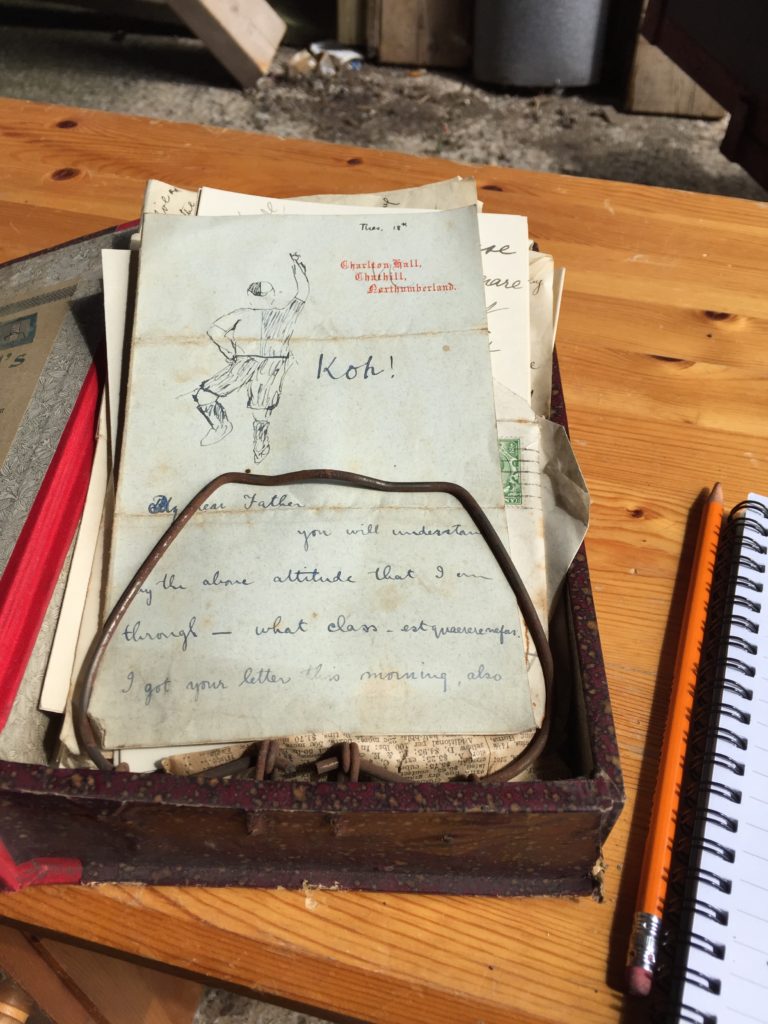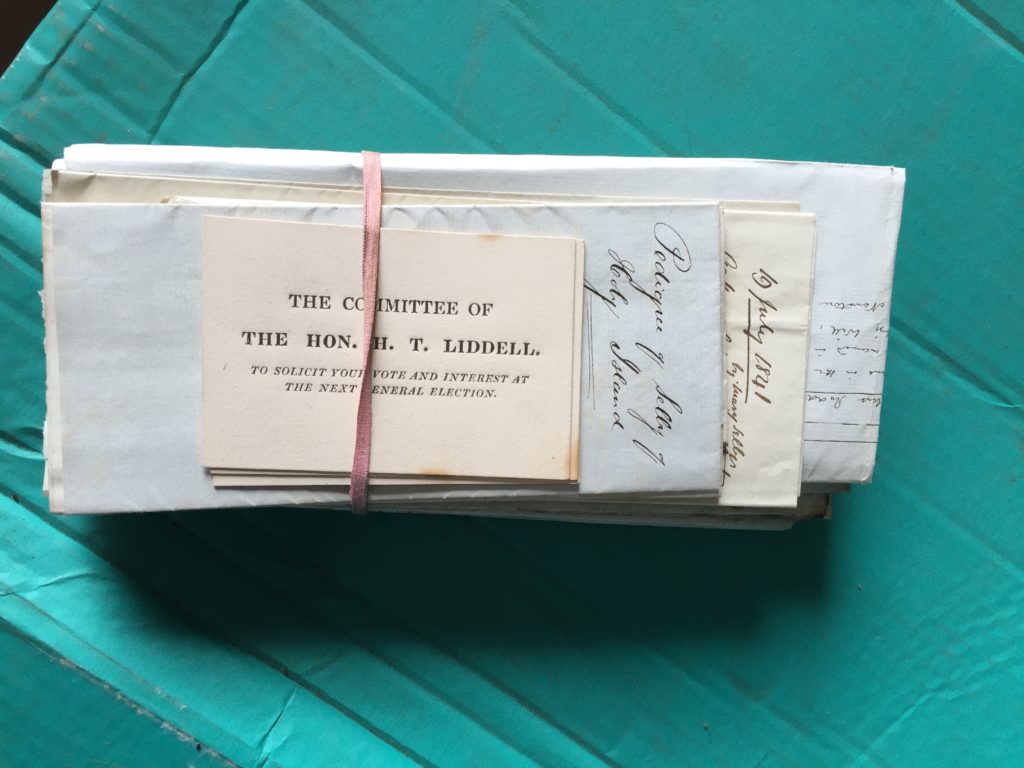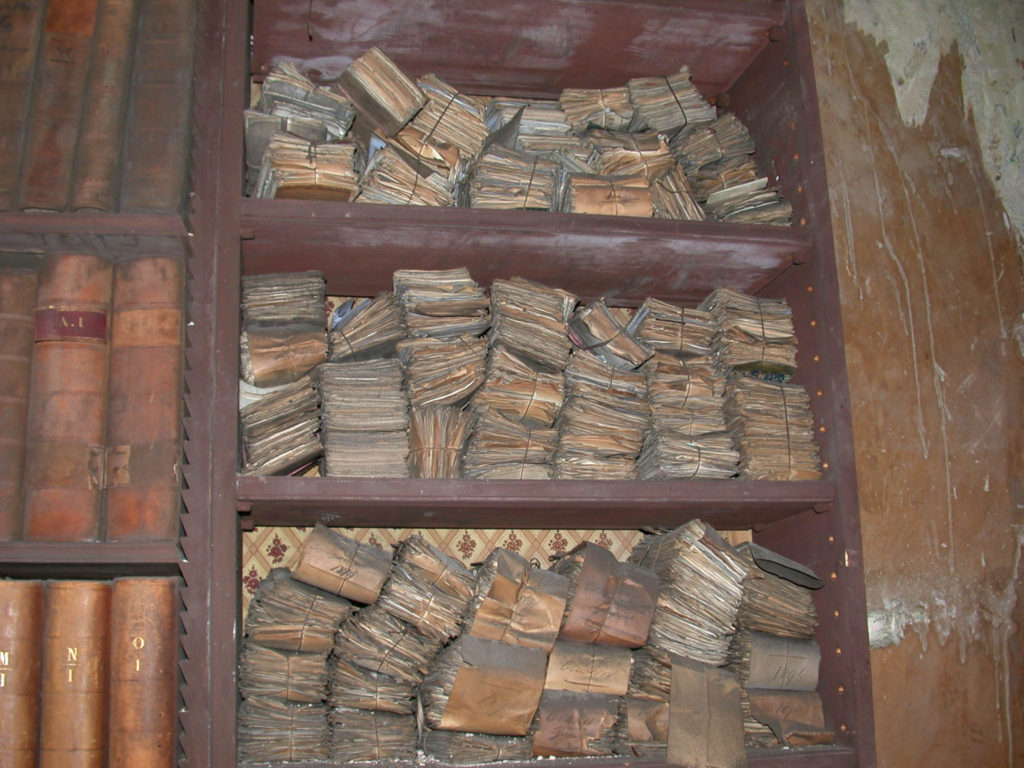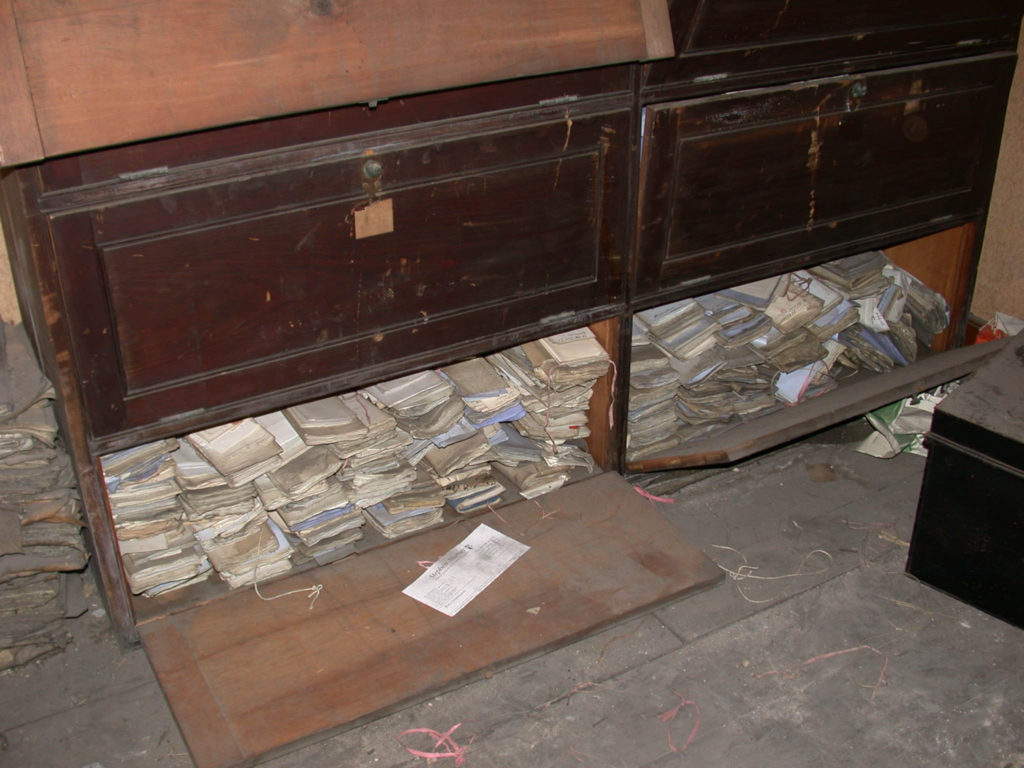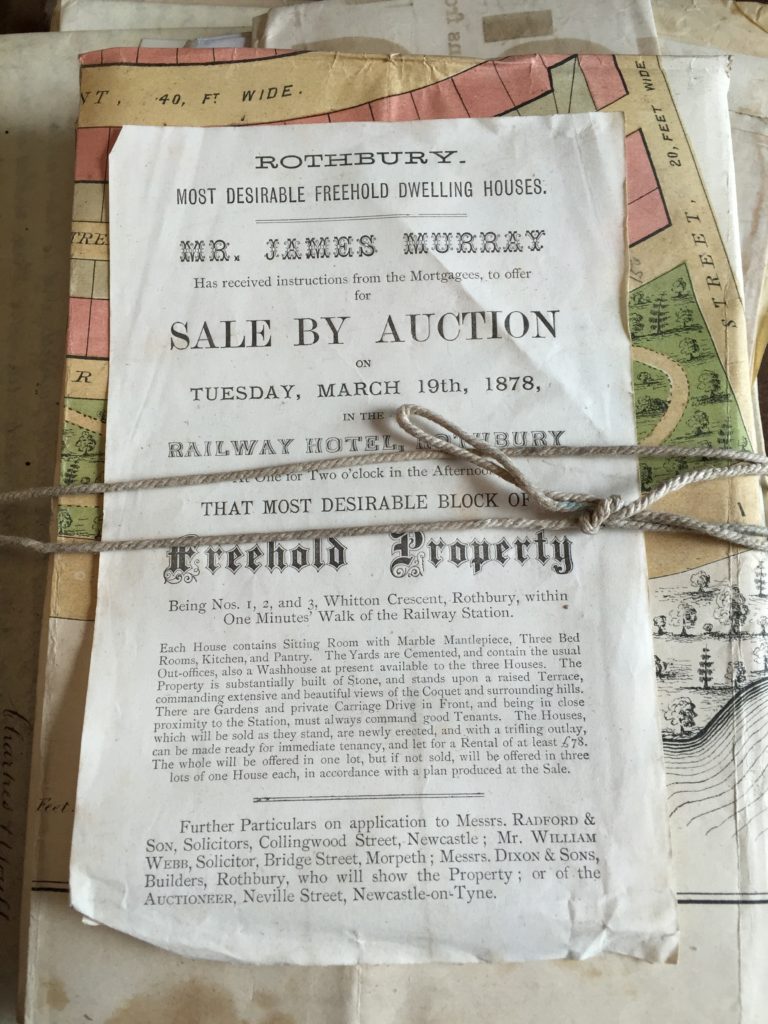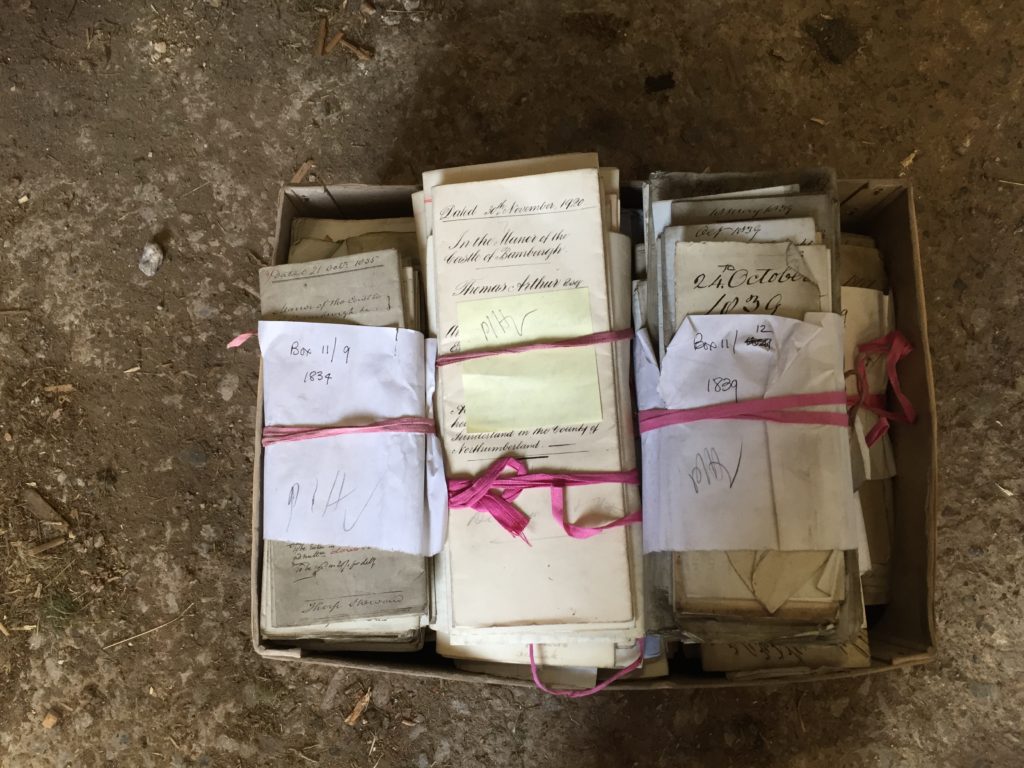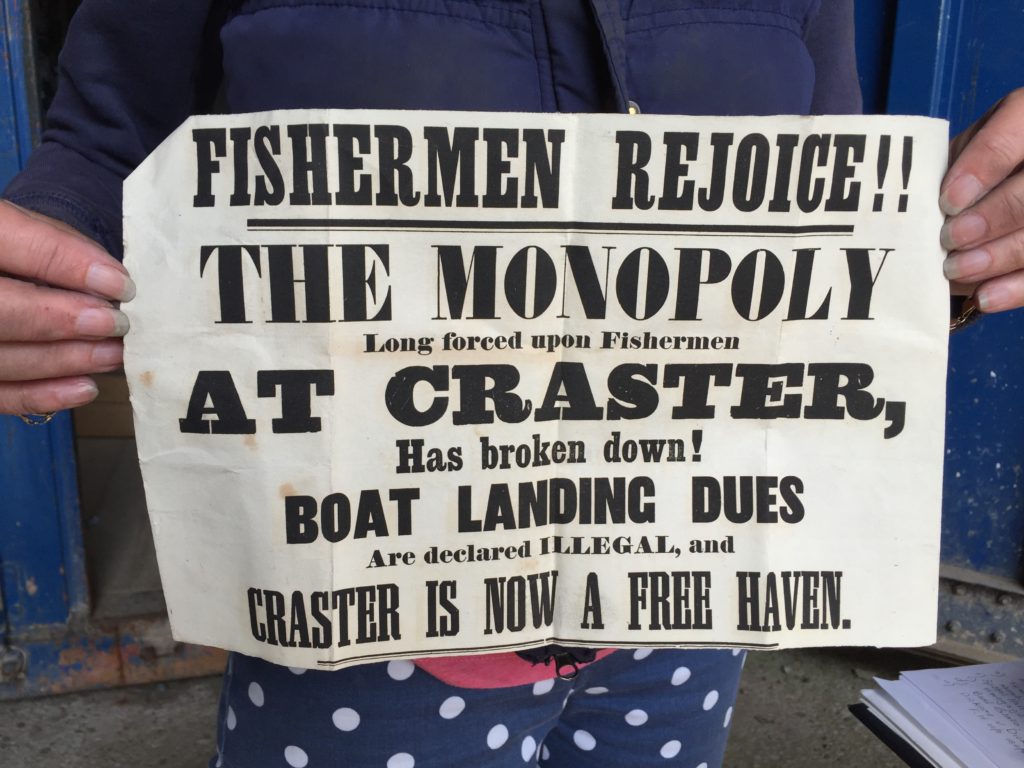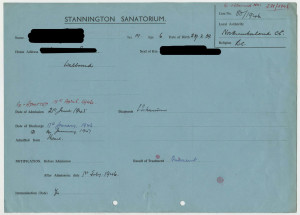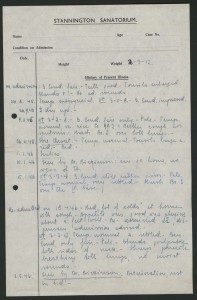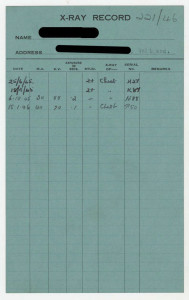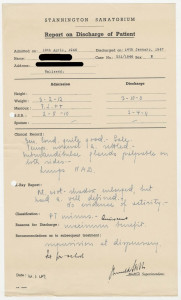

RE-CATALOGUING THE BERWICK-UPON-TWEED BOROUGH ARCHIVES
Twixt Thistle and Rose is an Archives Revealed funded Project to re-catalogue the Borough Archives with additional deposited material. The National Archives in partnership with the Pilgrim Trust has started a programme of awarding cataloguing grants through the Archives Revealed scheme and this project was one of only 9 chosen from over 80 applications. This is a new initiative so Berwick is one of the first beneficiaries.
The project relates to the records of the administrative or governing bodies of the town that are held at the Berwick Record Office – part of Northumberland Archives. With the exception of the Charters, these date from the early sixteenth century up to 1974 when local government re-organisation led to the creation of a larger District Council.

In the late 1970’s the District Council, with assistance from the Northumberland Record Office, organised and listed the borough records and created the Handlist of the Archives of the Borough of Berwick-upon-Tweed that is still used today to access the collection. It has been much amended, re-organised and expanded over the last forty years.

PROJECT AIMS
Berwick’s records have been very well used over the years but until now the handlist and supplementary lists have not been available online. The main aim of the project is to provide an electronic catalogue that will bring all the finding aids together and encourage as diverse as possible use of the records in future. The new catalogue will include all previous catalogue and location references so past researchers can be assured they will be able to match any references they have to the new ones. The Berwick Record Office has benefited from a very dedicated group of volunteers who transcribe and index the records under guidance of the Berwick Archivist. They research and link this information to other source material where possible. So, the task of creating purposeful content for the electronic catalogue is already well established.
Berwick is a Border town and was at times during the mediaeval period a Royal Burgh of Scotland – one of the Court of Four Burghs along with Edinburgh, Roxburgh and Stirling. Ownership of Berwick passed back and forth until it was finally ceded to England in 1482 where it has remained ever since. As part of the project we will be looking, in the sixteenth century records in particular, for any vestiges of that Scottish heritage in the style of record keeping.

WHO IS INVOLVED WITH THE PROJECT?
The Berwick Archivist is managing the project and has appointed a Cataloguing Archivist to work exclusively on the project for one year from 7th January 2019. A key task will be to look for opportunities for existing and new volunteers to become involved in the re-cataloguing project. There will be more about this aspect of the project in later posts. Volunteers will receive training and the Berwick-upon-Tweed Guild of Freeman and Friends of Berwick & District Museum and Archives have kindly agreed to provide funding for volunteer and outreach activities.
The project has a Steering Group that includes representatives from The Berwick-upon-Tweed Guild of Freemen, The Friends of Berwick & District Museum and Archives, Northumberland Archives and Northumberland County Council. The Chair is a representative of the Berwick Civic Society. The group meets bi-monthly to receive reports from the project archivist, agree key steps and monitor progress.
GETTING STARTED
The first task is to agree the classes of information that will form the structure of the catalogue. It must meet cataloguing standards and make searching meaningful and easy for anyone who is interested in the fascinating history of Berwick.
The Handlist with it’s many sections is the starting point …

When the classification is agreed by the Steering Group in February it will be all hands to the deck cataloguing, conserving and, with any luck, uncovering the occasional hidden gem!
This is our first post and we hope that it explains what we aim to achieve. Look out for further posts on our project and the hidden gems we uncover.

